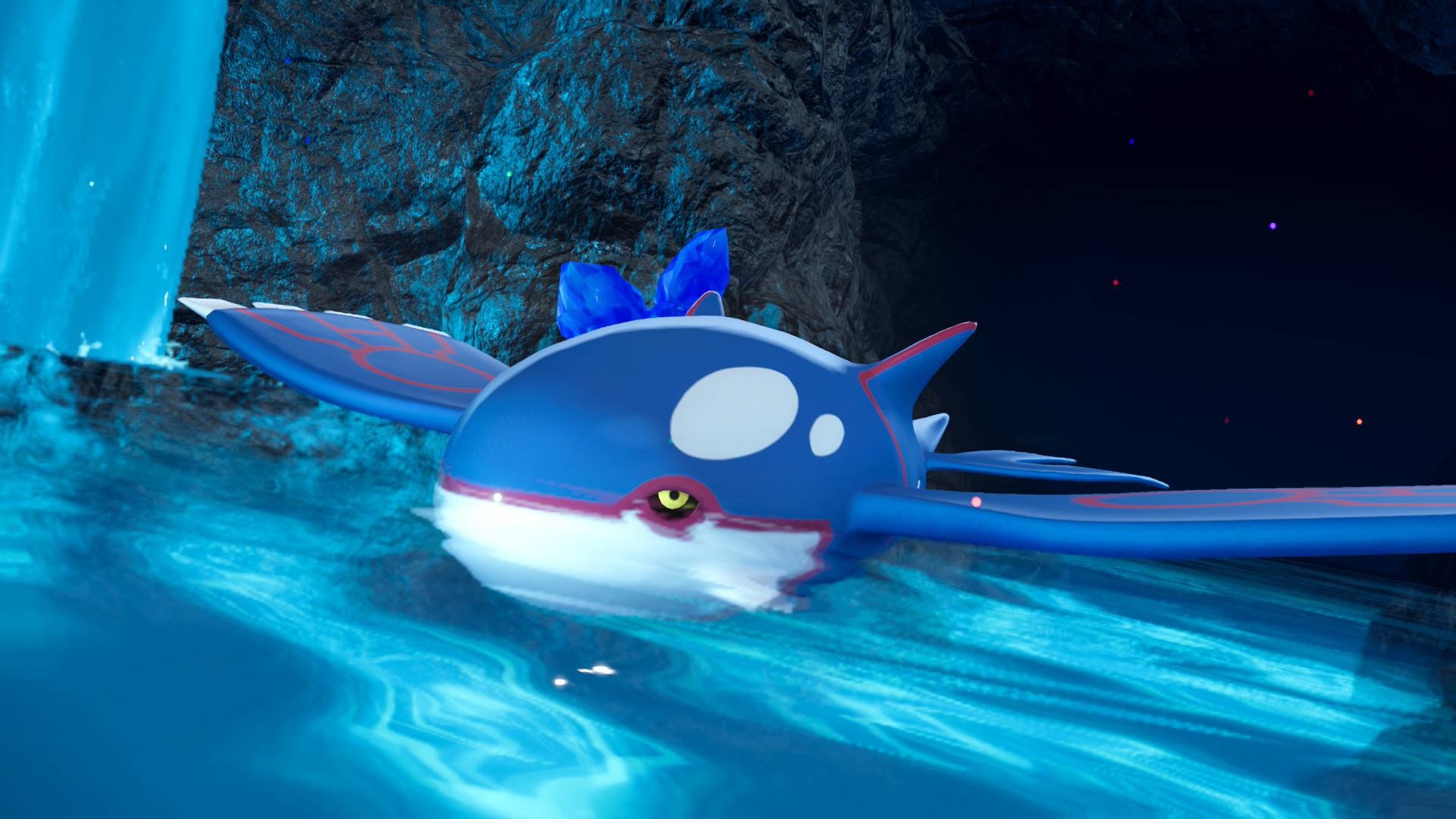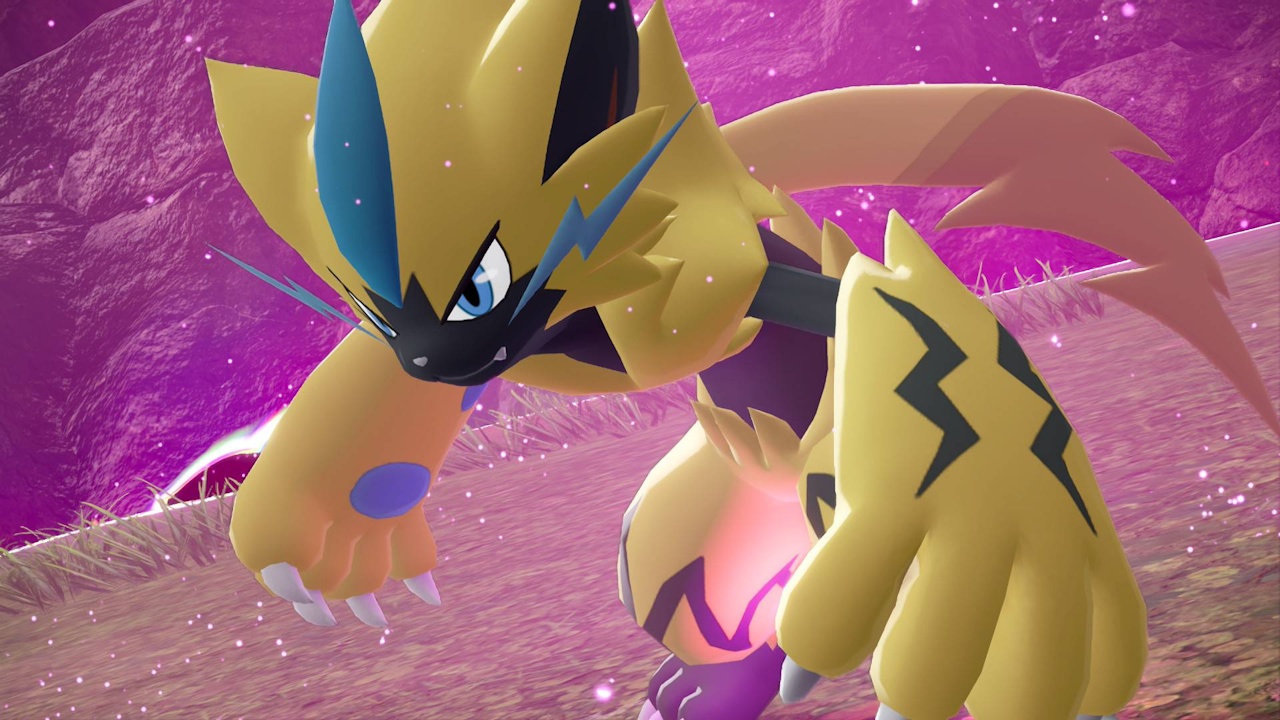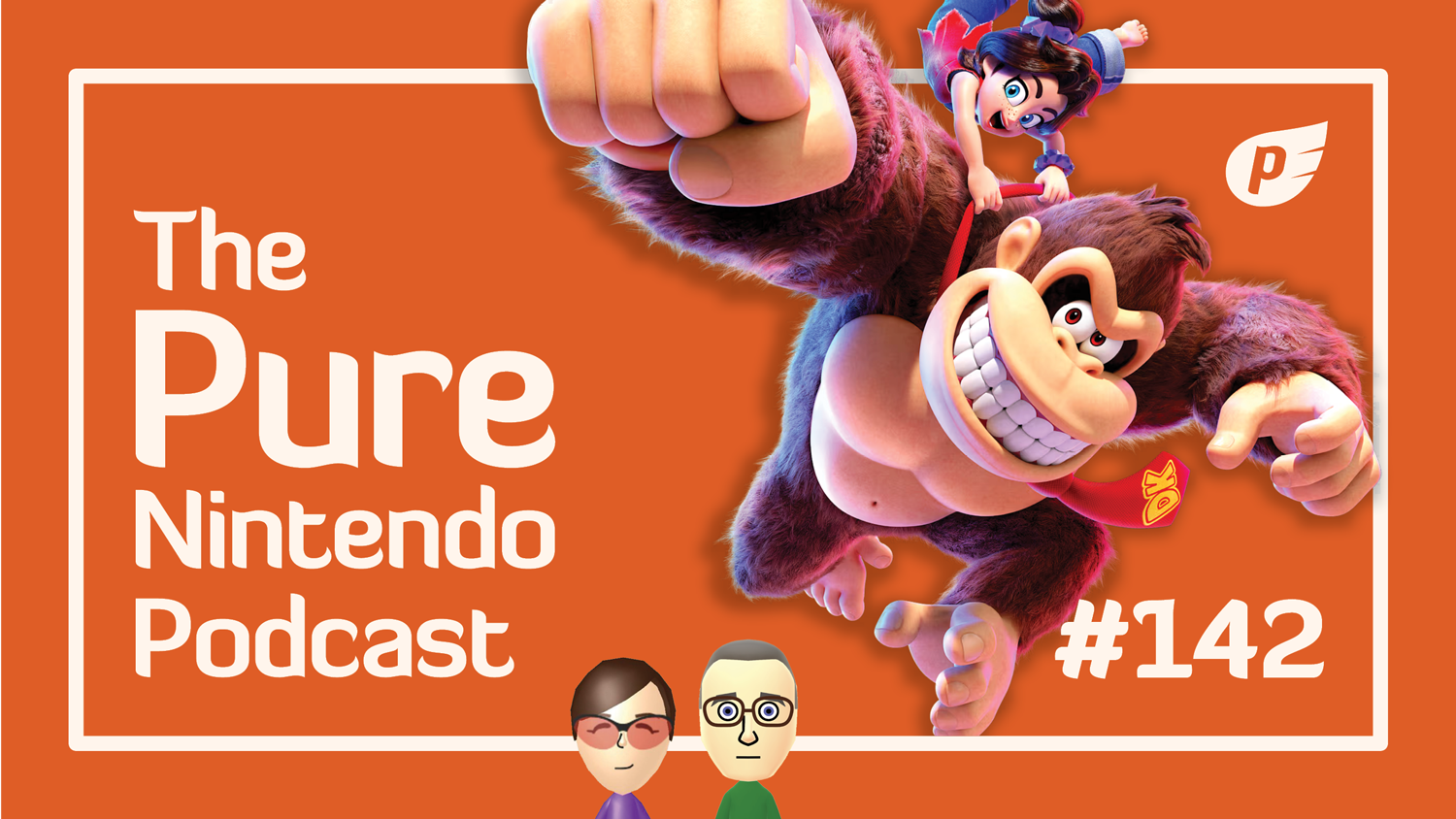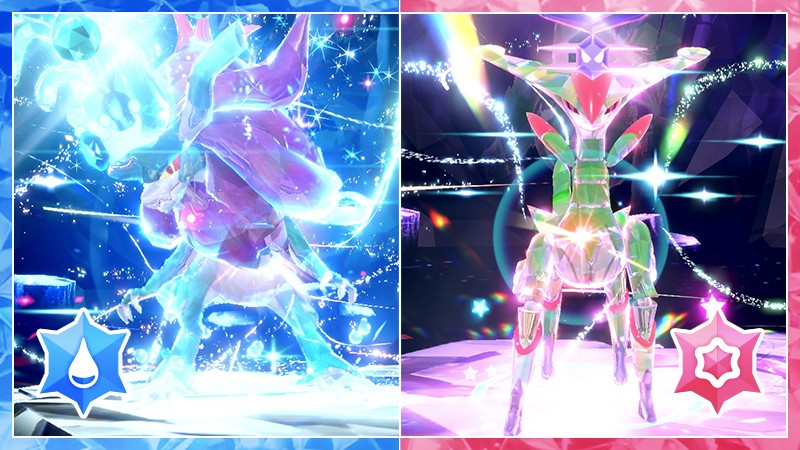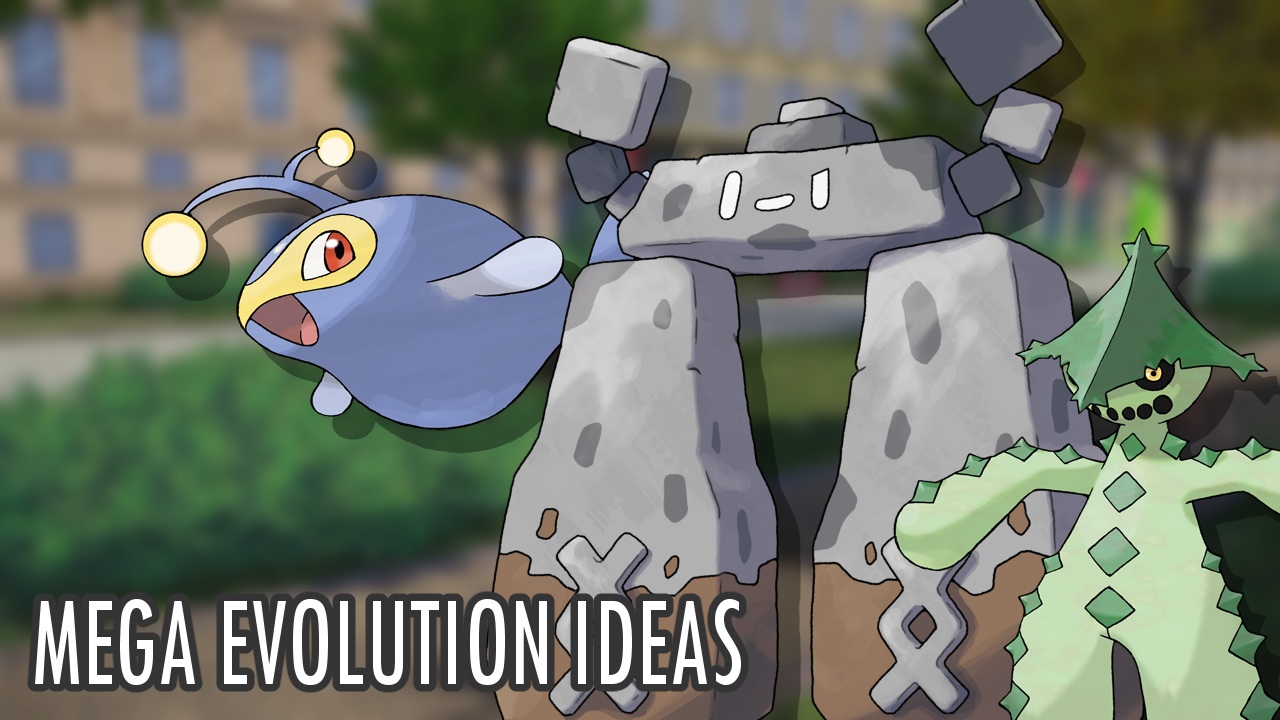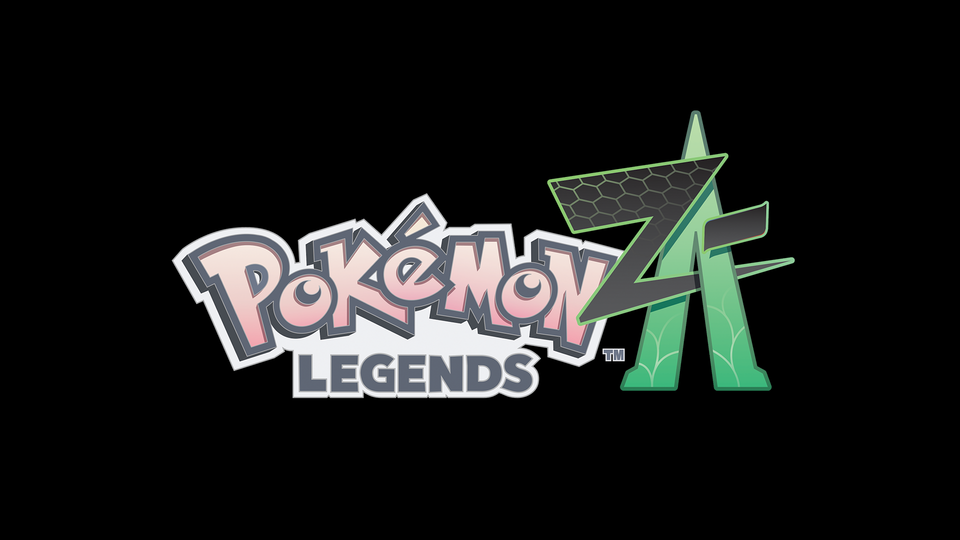Nintendo’s latest legal filing has sent ripples across the gaming industry, igniting debate among developers and legal professionals.
The controversy centers on a recently approved Nintendo patent, which covers the in-game mechanic of summoning a 'sub character.' The breadth of the patent’s language, combined with its swift approval, has prompted widespread speculation regarding its potential effects on game development and competition, especially for games utilizing similar mechanics on platforms like the Nintendo Switch and beyond.
The core issue stems from the fact that summoning mechanics have been a staple in video games for decades.
From early RPGs to modern action titles, the concept is hardly new.
Nintendo’s patent, however, is broad in scope and has drawn concern that it could dissuade developers from employing similar features out of fear of legal repercussions.
Don McGowan, former Chief Legal Officer for The Pokémon Company, shared his perspective in a discussion with Eurogamer.
McGowan stated that, in his view, developers are likely to disregard the patent entirely.
With decades of prior art—meaning documented examples of pre-existing games that have utilized a summoning mechanic—he believes Nintendo’s claim would not stand up to legal scrutiny if challenged in court.
"With so many historical precedents, it’s improbable Nintendo’s lawsuit would be successful if another developer were to ignore the patent’s scope and present existing examples as evidence," McGowan noted, drawing a distinction from previous legal disputes such as Bandai Namco’s unique loading screen patent.
On the other hand, Richard Hoeg, a legal expert specializing in the games industry, points out that the mere existence of the patent could serve as an effective deterrent.
According to Hoeg, Nintendo’s filing signals a defensive legal strategy: "By securing this patent, Nintendo creates an environment of uncertainty for potential competitors in the pocket monster genre.
The ambiguity alone might be sufficient to deter investment or creative risk, even if the company never pursues actual litigation." In other words, the psychological and financial risks posed by the patent may influence developers’ decisions, regardless of whether the patent would ultimately be enforceable in court.
Examining the patent's language and visual diagrams reveals specific reference to the use of a 'ball' device in relation to summoning, a clearly recognizable nod to the Pokéball made famous in the Pokémon franchise.
This detail may limit the impact of the patent to features that closely mimic this iconic mechanic, thus reducing the threat to developers who avoid similar implementations.
While the long-term industry repercussions of Nintendo’s patent remain uncertain, the company appears resolute in safeguarding its intellectual property, particularly in the wake of games like Palworld from Pocketpair that draw inspiration from the Pokémon series.
For now, the gaming industry will continue observing whether Nintendo’s assertive patent strategy leads to concrete legal actions—or simply shapes development decisions from afar.
As the conversation continues, Nintendo Switch developers and the wider game community await further developments, acutely aware that such legal moves have the power to shape creative possibilities in future software releases.
The controversy centers on a recently approved Nintendo patent, which covers the in-game mechanic of summoning a 'sub character.' The breadth of the patent’s language, combined with its swift approval, has prompted widespread speculation regarding its potential effects on game development and competition, especially for games utilizing similar mechanics on platforms like the Nintendo Switch and beyond.
The core issue stems from the fact that summoning mechanics have been a staple in video games for decades.
From early RPGs to modern action titles, the concept is hardly new.
Nintendo’s patent, however, is broad in scope and has drawn concern that it could dissuade developers from employing similar features out of fear of legal repercussions.
Don McGowan, former Chief Legal Officer for The Pokémon Company, shared his perspective in a discussion with Eurogamer.
McGowan stated that, in his view, developers are likely to disregard the patent entirely.
With decades of prior art—meaning documented examples of pre-existing games that have utilized a summoning mechanic—he believes Nintendo’s claim would not stand up to legal scrutiny if challenged in court.
"With so many historical precedents, it’s improbable Nintendo’s lawsuit would be successful if another developer were to ignore the patent’s scope and present existing examples as evidence," McGowan noted, drawing a distinction from previous legal disputes such as Bandai Namco’s unique loading screen patent.
On the other hand, Richard Hoeg, a legal expert specializing in the games industry, points out that the mere existence of the patent could serve as an effective deterrent.
According to Hoeg, Nintendo’s filing signals a defensive legal strategy: "By securing this patent, Nintendo creates an environment of uncertainty for potential competitors in the pocket monster genre.
The ambiguity alone might be sufficient to deter investment or creative risk, even if the company never pursues actual litigation." In other words, the psychological and financial risks posed by the patent may influence developers’ decisions, regardless of whether the patent would ultimately be enforceable in court.
Examining the patent's language and visual diagrams reveals specific reference to the use of a 'ball' device in relation to summoning, a clearly recognizable nod to the Pokéball made famous in the Pokémon franchise.
This detail may limit the impact of the patent to features that closely mimic this iconic mechanic, thus reducing the threat to developers who avoid similar implementations.
While the long-term industry repercussions of Nintendo’s patent remain uncertain, the company appears resolute in safeguarding its intellectual property, particularly in the wake of games like Palworld from Pocketpair that draw inspiration from the Pokémon series.
For now, the gaming industry will continue observing whether Nintendo’s assertive patent strategy leads to concrete legal actions—or simply shapes development decisions from afar.
As the conversation continues, Nintendo Switch developers and the wider game community await further developments, acutely aware that such legal moves have the power to shape creative possibilities in future software releases.

